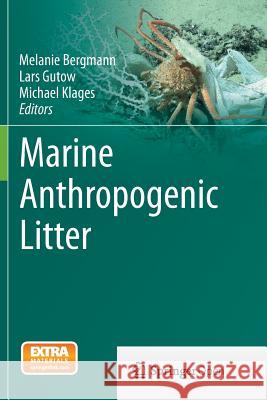Marine Anthropogenic Litter » książka
topmenu
Marine Anthropogenic Litter
ISBN-13: 9783319376530 / Angielski / Miękka / 2016 / 447 str.
Marine Anthropogenic Litter
ISBN-13: 9783319376530 / Angielski / Miękka / 2016 / 447 str.
cena 194,08 zł
(netto: 184,84 VAT: 5%)
Najniższa cena z 30 dni: 192,74 zł
(netto: 184,84 VAT: 5%)
Najniższa cena z 30 dni: 192,74 zł
Termin realizacji zamówienia:
ok. 20 dni roboczych.
ok. 20 dni roboczych.
Darmowa dostawa!
Kategorie:
Kategorie BISAC:
Wydawca:
Springer
Język:
Angielski
ISBN-13:
9783319376530
Rok wydania:
2016
Wydanie:
Softcover Repri
Ilość stron:
447
Waga:
0.64 kg
Wymiary:
23.39 x 15.6 x 2.39
Oprawa:
Miękka
Wolumenów:
01
Dodatkowe informacje:
Wydanie ilustrowane











